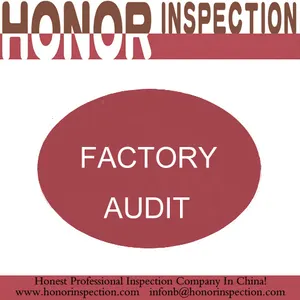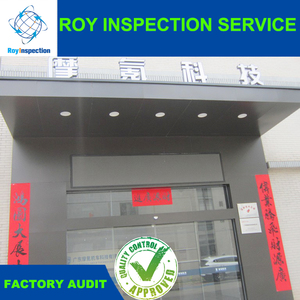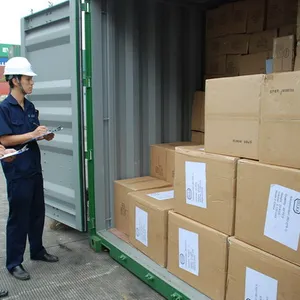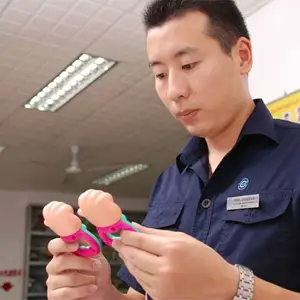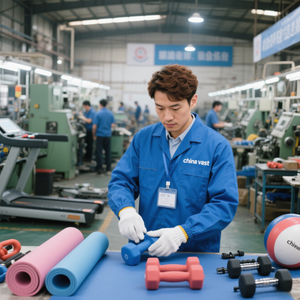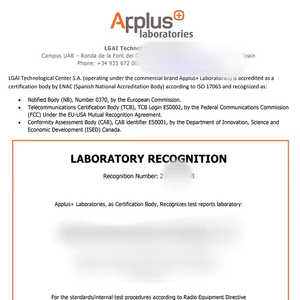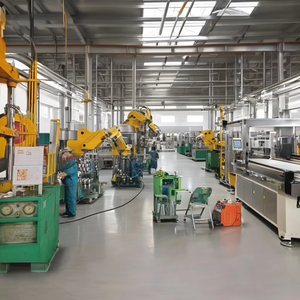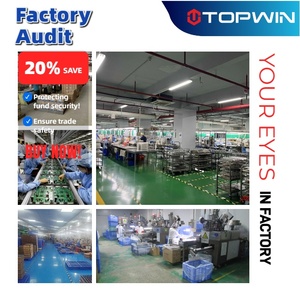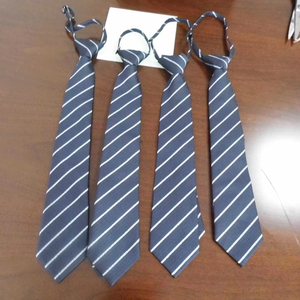Supplier Audit Examples

 CN
CN


 1/9
1/9









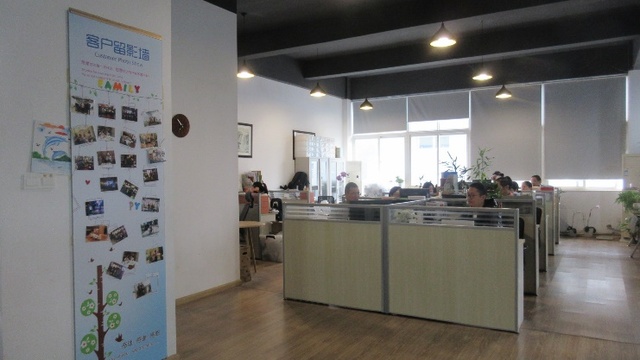

















 1/17
1/17





 1/18
1/18









 1/4
1/4

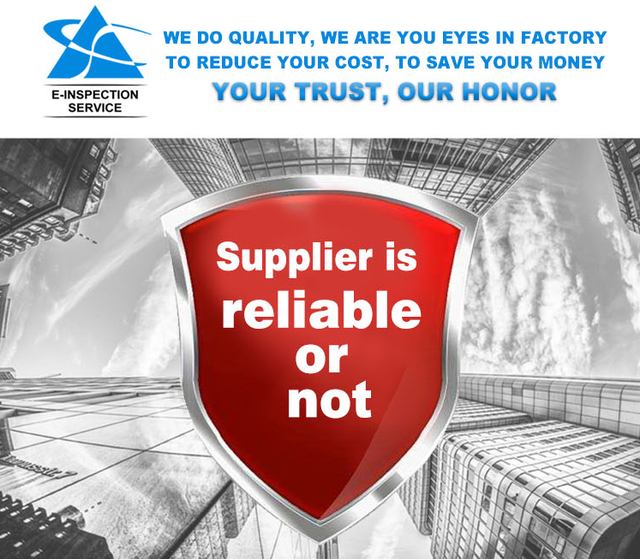




 1/3
1/3








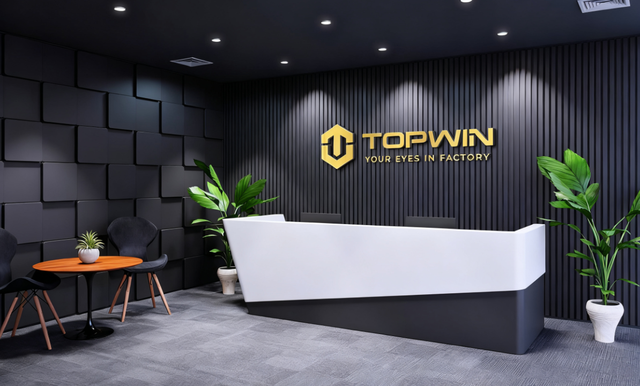




 CN
CN


 1/9
1/9

 CN
CN





 1/17
1/17
About supplier audit examples
Where to Source Supplier Audit Services?
China leads the global market for third-party supplier audit and quality control services, with major service providers concentrated in manufacturing hubs such as Shenzhen, Ningbo, and Nanjing. These regions host specialized inspection firms that support international supply chains across electronics, textiles, machinery, and consumer goods. Shenzhen and Guangdong province serve as primary centers due to proximity to export ports and dense clusters of contract manufacturers, enabling rapid deployment of auditors within 24–48 hours.
The ecosystem is characterized by vertically integrated quality management providers offering factory audits, pre-shipment inspections (PSI), during-production checks (DUPRO), and compliance verification. Firms leverage localized networks of certified auditors fluent in ISO standards and industry-specific protocols (e.g., VDA6.3 for automotive, BSCI for social compliance). Buyers benefit from scalable operations, competitive pricing ($100–$258 per audit), and fast turnaround times—typically 1–3 business days for report delivery post-inspection.
How to Evaluate Supplier Audit Service Providers?
Procurement teams should apply rigorous assessment criteria when selecting audit partners to ensure data accuracy, regulatory alignment, and operational reliability.
Certification & Compliance Expertise
Confirm provider accreditation in internationally recognized frameworks including ISO 9001 (quality management), ISO 13485 (medical devices), and VDA6.x (automotive). For socially responsible sourcing, verify experience with SMETA, SA8000, or BSCI audits. Providers with multi-standard proficiency can consolidate assessments, reducing audit fatigue and costs by up to 30%.
Audit Scope and Reporting Depth
Assess the comprehensiveness of service offerings:
- Minimum coverage of production capacity, process controls, document traceability, and non-conformance handling
- Inclusion of photographic evidence, real-time updates, and standardized digital reporting templates
- Availability of sample collection, lab testing coordination, and container loading supervision
Prioritize suppliers delivering structured audit reports within 48 hours, with multilingual support for global stakeholders.
Operational Performance Metrics
Analyze verifiable performance indicators: target on-time delivery rates ≥97%, response times ≤6 hours, and reorder rates >20% indicating client retention. Cross-reference these metrics with online transaction volume where available to assess scale and consistency.
What Are the Leading Supplier Audit Service Providers?
| Company Name | Location | Service Focus | Price Range | Min. Order | On-Time Delivery | Avg. Response | Reorder Rate | Online Revenue |
|---|---|---|---|---|---|---|---|---|
| Yubiao Testing (Shenzhen) Co., Ltd. | Shenzhen, CN | Pre-Shipment, During Production, Export Compliance | $100–200 | 50 boxes | 100% | ≤11h | - | - |
| Shenzhen Wtlplus Green Supplier Chain Management Co., Ltd. | Shenzhen, CN | ISO 13485, VDA6, Quality Control Audits | $11–258 | 1 piece | 100% | ≤2h | <15% | US $1,000+ |
| Nanjing Marsky Inspection Certification Co., Ltd. | Nanjing, CN | Factory Verification, QC, Container Loading | $135–200 | 1 unit/case | 100% | ≤4h | 20% | US $30,000+ |
| Ningbo Honor Product Technical Co., Ltd. | Ningbo, CN | Social Compliance, Plastic Supplier Audits | $138–358 | 1 piece/bag | 100% | ≤6h | 25% | US $10,000+ |
| Nantong Leno Inspection Technology Co., Ltd. | Nantong, CN | Production Capacity Testing, Sample Collection | $50–158 | 1 case | 94% | ≤7h | 23% | US $20,000+ |
Performance Analysis
Shenzhen-based firms lead in responsiveness, with Wtlplus achieving sub-2-hour average replies—critical for time-sensitive audit scheduling. Nanjing Marsky and Ningbo Honor demonstrate strong client retention (20–25% reorder rates), suggesting high satisfaction with audit depth and follow-up support. Yubiao Testing and Shenzhen Wtlplus maintain perfect on-time delivery records, indicating reliable field coordination. While Nantong Leno offers the lowest starting price at $50, its 94% on-time rate suggests occasional logistical delays. Buyers requiring medical or automotive sector audits should prioritize Wtlplus for ISO 13485 and VDA6.3 capabilities. For broad geographic coverage, including Vietnam, select providers with cross-border service lines as demonstrated by Yubiao’s offshore audit offerings.
FAQs
How to verify the credibility of a supplier audit report?
Request unedited photo documentation, GPS-stamped check-in records, and auditor credentials (e.g., IRCA certification). Validate findings against historical production data and compare with previous audit trends from the same factory. Independent review by internal quality engineers enhances validation accuracy.
What is the typical lead time for scheduling a factory audit?
Standard notice requirements range from 24 to 72 hours depending on location. Domestic Chinese audits can be arranged within one business day in key provinces. Overseas assignments (e.g., Vietnam) may require 5–7 days for auditor mobilization and logistics planning.
Can supplier audits be customized for specific industries?
Yes. Reputable providers offer tailored checklists for food packaging, medical devices, automotive parts, and electronics. Customization includes process-specific checkpoints (e.g., cleanroom compliance, solder paste inspection, mold maintenance logs) and regulatory alignment (FDA, CE, IATF 16949).
Do audit providers offer recurring inspection programs?
Most suppliers support scheduled audit plans—monthly, quarterly, or per production batch—with volume discounts available. Automated reporting dashboards and trend analysis are often included for continuous improvement tracking.
Are on-site audits necessary, or are remote options viable?
While remote audits using video streaming and document sharing are feasible for low-risk suppliers, physical presence remains essential for assessing workplace safety, material handling, and actual production conditions. Hybrid models combining desk reviews with periodic on-site visits optimize cost and risk management.




















